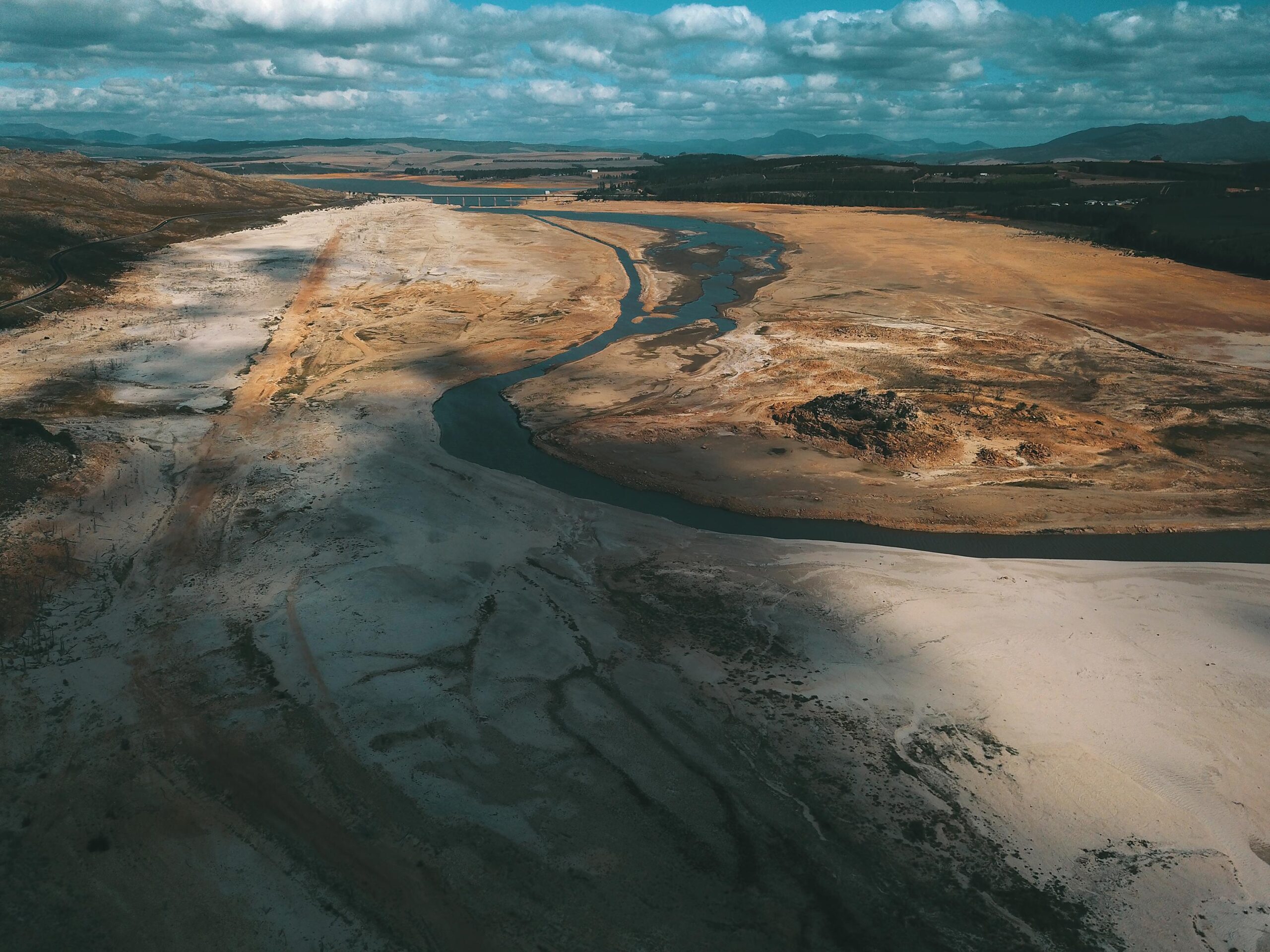A three-year drought, poor planning and even worse crisis management nearly caused Cape Town to be the first major city in the world to run out of water. However, the population of four million managed to avoid catastrophe by using just 50 litres of water per person per day (Canadians use five times that amount). Here, we get a glimpse of what that looked like back in March before much-needed rain started to fall.

An afternoon queue forms at the Newlands Spring in Cape Town’s southern suburbs, where people stock up on drinking water. Esther Dongolosi is a housekeeper who works near the spring. She conserves water in her home in the Cape Flats, an area the government designated for “non-whites” in the apartheid era.

Kim Stephens’ household is using just 26 litres of water per person per day. She and her husband have three kids, three dogs and three cats. They flush their toilets with shower water only after it has been used for handwashing clothes or the floors. Her youngest uses wet wipes every few days to skip a shower.

To reduce wait times at Newlands Spring and allow fair access, each person is permitted only 25 litres of water at a time.

Mrs. Carr, 63, has never seen a drought like this one. She lives in the Cape Flats, an area the government designated for “non-whites” in the apartheid era. Getting her family’s drinking water at the spring saves money on their municipal water account.

A new economy has emerged around places like the spring. Zola Mthimkhulu makes a small wage collecting and carrying water for elderly and disabled people.

At the beginning of the crisis, Maximilian Haidbauer of Waves for Water demonstrated one of the organization’s portable filters, which can provide 100 people with clean water for up to five years.

A year ago, poet Helen Moffett began prepping for “Day Zero,” when the city will cut off running water. She points out that living without basic services is an everyday reality for many in Cape Town’s informal settlements.

Co-workers Marcela Guerrero Casas and Rebecca Campbell shaved their heads in part to save water while washing. Day Zero has been moved to 2019, but many fear apathy will set in and people will stop abiding by the 50-litre limit.

Sinozuko Sibewuu, 18, lives in an informal township on the Cape Flats. Pre-Day Zero water saving hasn’t really affected her routine, as her home has never had running water. She collects the 40 litres she uses daily from a communal tap. But it doesn’t always work, and the water has given her baby diarrhea and rashes.

Children play in front of communal toilets in Philippi, one of Cape Town’s largest informal settlements. Activists hope the drought has been eye-opening for all Capetonians and will be a driving force to address social inequalities in the city.















